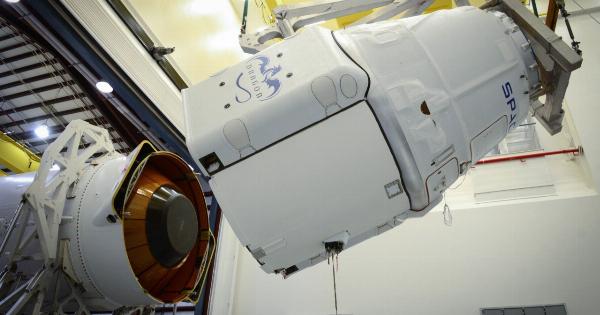Hyper-core paralysis, also known as locked-in syndrome, is a rare neurological condition characterized by complete paralysis of all voluntary muscles in the body, including those involved in breathing and speaking, while maintaining full cognitive function and sensation. Locked-in syndrome is typically caused by a brainstem injury resulting from a stroke, traumatic brain injury, or other neurological conditions, but the underlying mechanisms of the disorder are not fully understood.
Recent advances in neuroscience and technology have led to new insights into the diagnosis, treatment, and management of hyper-core paralysis.
Diagnosis of Hyper-core Paralysis
The diagnosis of locked-in syndrome is based primarily on clinical symptoms such as quadriplegia, anarthria, and preserved consciousness and cognitive function.
However, determining the exact cause and location of the brainstem injury underlying hyper-core paralysis can be challenging.
Advances in brain imaging technologies such as magnetic resonance imaging (MRI) and positron emission tomography (PET) have made it possible to visualize the structural and functional changes in the brainstem and other parts of the brain associated with locked-in syndrome. These imaging techniques can also help distinguish hyper-core paralysis from other similar conditions such as transient global amnesia, which can present with similar symptoms but are caused by different underlying mechanisms.
Treatment Options for Hyper-core Paralysis
There is currently no cure for hyper-core paralysis, and treatment options are limited. The primary focus of treatment is on managing the symptoms and improving the quality of life of patients with locked-in syndrome.
This can involve a multidisciplinary approach that includes physical therapy, occupational therapy, speech therapy, and psychological support. Rehabilitation programs designed specifically for patients with hyper-core paralysis can help improve mobility, communication, and independence.
Assistive technologies such as specialized computer interfaces, eye-tracking devices, and brain-computer interfaces have also shown promise in enhancing communication and control over assistive devices. These technologies work by detecting and interpreting brain activity associated with certain mental tasks, allowing patients with locked-in syndrome to interact with their environment using their thoughts.
Prognosis and Management of Hyper-core Paralysis
The prognosis for patients with hyper-core paralysis varies depending on the underlying cause, extent of the brainstem injury, and the degree of rehabilitation achieved.
While the majority of patients with locked-in syndrome do not recover full motor function, some may make partial or even full recovery over time. The most important aspect of management for patients with hyper-core paralysis is minimizing complications such as pneumonia, pressure sores, and deep vein thrombosis, which can occur as a result of immobility and muscle atrophy.
Patients with locked-in syndrome require specialized care and support from a team of healthcare professionals and caregivers to prevent complications and maintain their quality of life.
Future Directions in Research on Hyper-core Paralysis
While there have been significant advances in the diagnosis, treatment, and management of hyper-core paralysis, much remains to be understood about the underlying mechanisms and potential avenues for treatment.
Recent research has focused on the use of stem cell therapy to promote neural regeneration and recovery of motor function in patients with locked-in syndrome. The role of inflammatory processes in the development of hyper-core paralysis is also an area of active investigation, which could lead to new therapies targeted at controlling neuroinflammation and preventing further neurological damage.
Other promising areas of research include the development of advanced prosthetic devices and neural implants designed to restore motor function and communication in patients with hyper-core paralysis.
Conclusion
Hyper-core paralysis, also known as locked-in syndrome, is a rare and devastating neurologic condition that affects patients’ ability to move or communicate while retaining complete cognitive function.
The diagnosis and management of locked-in syndrome require a multidisciplinary approach involving physical therapy, occupational therapy, and psychological support.
While there is currently no cure for hyper-core paralysis, recent advances in neuroscience and technology offer promising avenues for the development of new treatments and interventions designed to improve the quality of life of patients with locked-in syndrome.


























